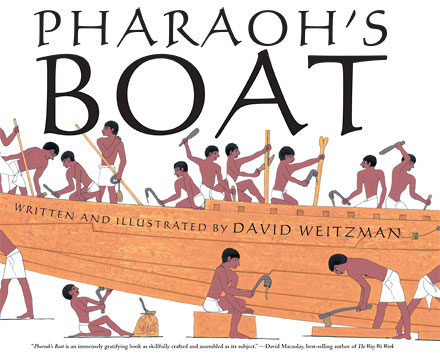The Boy in the Garden
Written and Illustrated by Allen Say
Houghton Mifflin Books for Children, 2010
22 Pages
Multicultural (Japan)
Jiro and his father go to visit one of his father's friends, Mr. Ozu, for New Years. While Jiro's father is talking to Mr. Ozu, Jiro walks off into the garden. He sees a crane and sneaks up on him. The crane reminds Jiro of a story his mother told him about a crane who was saved by a woodcutter and became a woman and married the woodcutter. He is shocked to find that it is a statue and Mr. Ozu and his father laugh about how he thought it was a real crane. Jiro is upset by this and runs off. He comes across a cabin that reminds him of the woodcutter's cabin in the story. He goes inside and finds a kimono that is just his size. He puts it on and then hears someone coming. It is a woman and she reminds him of the crane woman in the story. She says that she has supper ready for him. Jiro has supper and tells the woman that she is the woman from the story he heard. She laughs and says he has a wonderful imagination. The next morning Jiro goes out to the forest to gather firewood but he is unable to find any. He remembers the money that Mr. Ozu gave him and asks the woman where the village is. She tells him it is far away. She tells Jiro that she will weave something so they can get food, but she tells him not to peek. Jiro hears the creaking of the loom and then suddenly a door opens. It is is father and Mr. Ozu. He wakes up to find that he has fallen alseep in the small cabin he found and all of this has been a dream.
Say used watercolor to create the beautiful illustrations in this book. The format of this book is very formal. The text is on the left side and the illustrations are on the right. Also the Illustrations usually don't take up the whole page but instead are framed by white. Once Jiro starts dreaming, however, the illustrations take up the whole pages. I think Say does this to show just how large and vivid a child's imagination can be. Whenever Jiro wakes up again the book goes back to it's original formal layout for the illustrations.
I think this book would be a great book to use when talking about different cultures. This book contains several things that are unique to the Japanese culture. Also this book could be used when talking about different traditional literature stories. The story of the Crane woman is probably one that most Japanese children grow up hearing. It would be a good way to explain that traditional literature is not always the same in all countries. There may be different stories that children in other countries grow up with that children in the United States don't hear while growing up. Also this would be a good character education book. It would be a great way to help students understand that we should always treat others nicely just like the woodcutter did when he rescued the crane.


























